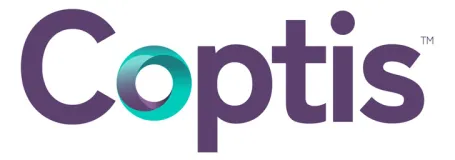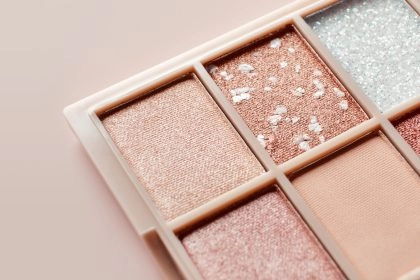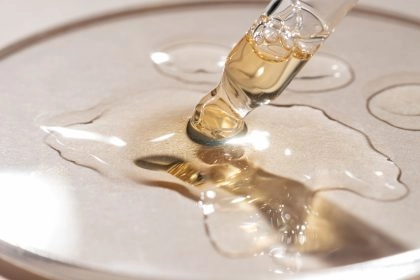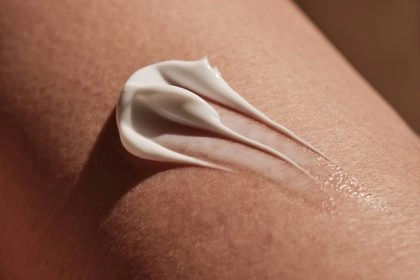Was sind Quasi-Arzneimittel und worin unterscheiden sie sich von Kosmetika?
Japanische Kosmetika unterliegen nicht allen Klassifizierungen wie Hygiene- und Schönheitsprodukte in anderen Teilen der Welt. So bilden Produkte, deren Kategorisierung irgendwo zwischen Kosmetika und Arzneimitteln liegt, eine separate Gruppe – Quasi-Medikamente. Hier erfahren Sie, was Sie über Quasi-Medikamente wissen müssen: Definition, Kennzeichnungsanforderungen und Erklärungen.
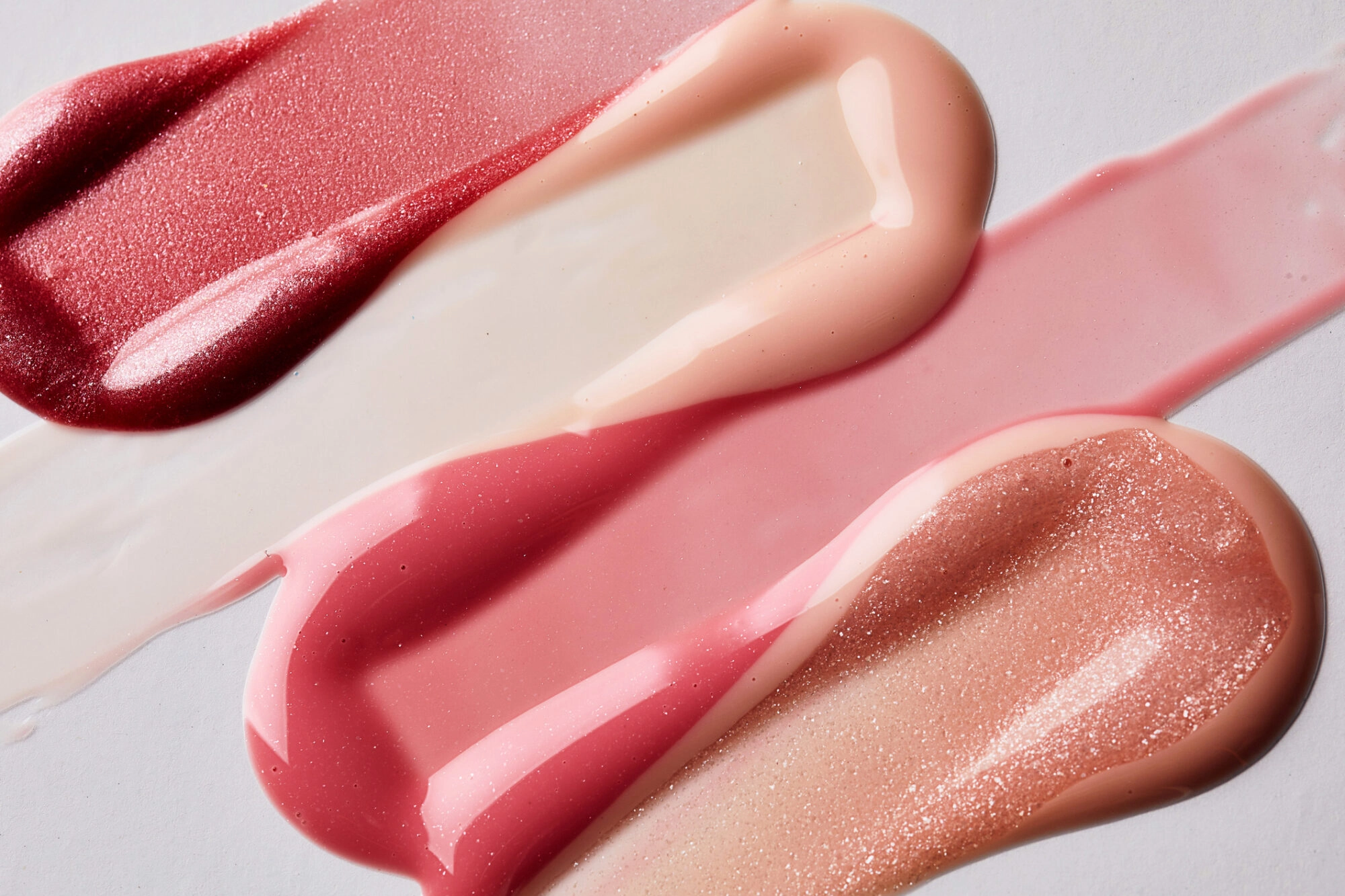
Was sind Quasi-Medikamente? Definition
Wenn westliche Kosmetikhersteller auf den Begriff „Quasi-Medikamente“ stoßen, ist die Definition möglicherweise nicht offensichtlich. Das nächste Äquivalent, das Sie finden können, sind Cosmeceuticals. Der Begriff bezieht sich auf Produkte mit Eigenschaften, die sowohl zu Kosmetika als auch zu Pharmazeutika gehören. Cosmeceuticals haben jedoch keinen offiziellen Status und unterliegen keinen gesetzlichen Anforderungen.
Hier kommen Quasi-Medikamente ins Spiel. Das japanische Ministerium für Gesundheit, Arbeit und Soziales wendet diese Klassifizierung auf japanische Kosmetika an, deren Rezepturen eine spezielle Lizenz erfordern. Diese Produkte besitzen eine anerkannte, von den Institutionen zugelassene Wirkung, ihre Wirkung ist jedoch nicht so stark wie die eines „Medikaments“ oder Arzneimittels. Daher die Bezeichnung „Quasi-Medikament“.
Was ist im japanischen Recht der Unterschied zwischen einem Arzneimittel, einem Quasi-Arzneimittel und einem Kosmetikum?
Das japanische Arzneimittelgesetz gestattet Kosmetika eine begrenzte Anzahl von Wirkungen. Diese Wirkungen beziehen sich hauptsächlich auf feuchtigkeitsspendende oder reinigende Eigenschaften und umfassen keine Hautkorrektur oder irgendeine Art von „Behandlung“ – wie beispielsweise Mittel gegen Akne oder Antischuppen.
Shampoos, Lotionen und andere Produkte dieser Kategorie haben jedoch als solche keine starken Heilversprechen, was bedeutet, dass sie auch keine Arzneimittel sind. Hier liegen die Hauptunterschiede:
- Japanische Kosmetik beschränkt sich auf folgende Kategorien:
- Hautpflegeprodukte
- Haarpflegeprodukte
- Make-up
- Parfüm und Eau de Cologne
- Sonnenschutzmittel und andere Spezialkosmetika
- Kosmetische Seifen
- Quasi-Medikamente sind Kosmetika mit einer milden korrigierenden oder heilenden Wirkung. Dazu zählen:
- Medizinische Seifen und Kosmetika
- Produkte gegen Hitzeausschlag und Mücken
- Produkte zur Vorbeugung von Übelkeit
- Bleaching-Produkte
- Shampoos und Lotionen, die das Haarwachstum fördern
- Aknebehandlungen
- Anti-Aging-Produkte
- Usw.
- Arzneimittel sind Arzneimittel mit starker korrigierender oder heilender Wirkung.
Welche Voraussetzungen gelten für den Verkauf einer Quasi-Droge in Japan?
Der Hauptvorteil der Quasi-Medikamenten-Klausel besteht darin, dass sie es den Herstellern ermöglicht, konkrete Aussagen über die Wirkung ihrer Produkte zu machen. Dies ist etwas, was sie unter der Kategorie „Kosmetik“ nicht tun könnten. Mit anderen Worten: Ein Quasi-Medikament kann offen unter verschiedenen Behauptungen vermarktet werden, darunter „Schuppen vorbeugen“ oder „Akne bekämpfen“.
Auch was die Kennzeichnungspflichten angeht, ist die Gesetzgebung laxer. In Japan müssen als Kosmetika verkaufte Produkte auf ihrer Verpackung eine vollständige Liste der Inhaltsstoffe (Konzentration von 1 % oder mehr im Endprodukt) in absteigender Reihenfolge aufweisen. Quasi-Medikamente hingegen unterliegen nicht solchen Beschränkungen. Sie können auf Konservierungsstoffe verzichten oder einem Wirkstoff einen prominenteren Platz einräumen, auch wenn dieser in der Formel nicht in hoher Konzentration vorhanden ist.
Allerdings unterliegt die Formulierung von Quasi-Medikamenten strengen Richtlinien, insbesondere in Bezug auf die Inhaltsstoffe, die verwendet werden dürfen, und deren Konzentrationen. Sobald eine Formulierung genehmigt wurde, besteht keine Flexibilität hinsichtlich möglicher Änderungen, und die Schaffung von Differenzialen kann ein unerschwinglich teures Unterfangen sein. Formulierungen müssen einzeln genehmigt werden, wobei die Antragsfrist zwischen sechs und acht Monaten liegen kann.
Software zur Formulierung kosmetischer Produkte: Eine umfassende Lösung für die Herstellung quasi-arzneimittelbasierter Produkte
Der Schlüssel zu einer erfolgreichen und schnellen Zulassung von Quasi-Medikamenten liegt in der Kenntnis der richtigen Produktklassifizierung, der Bewertung der Inhaltsstoffe, der Einhaltung der Kennzeichnung und anderer gesetzlicher Vorschriften. Ausländische Hersteller können dies als Herausforderung empfinden, da selbst eine kleine Ungenauigkeit auf einer übersetzten Kennzeichnung sie wieder auf Anfang zurückwerfen kann.
Software für kosmetische Formulierungen kann bei der Überprüfung Ihrer Formeln den entscheidenden Unterschied machen. Sie hilft Ihnen dabei, die INCI- und japanischen Inhaltsstoffnamen, Konzentrationen, Sicherheitsmargen, Allergenschwellenwerte und andere Einschränkungen zu erhalten, bevor Sie Ihre Formel zur Genehmigung einreichen.
Dank ihrer globalen, umfassenden Datenbank mit Vorschriften ist die Coptis-Lösung darauf ausgelegt, die Einhaltung japanischer Standards zu gewährleisten.
Weitere Ressourcen, die Ihnen gefallen könnten

